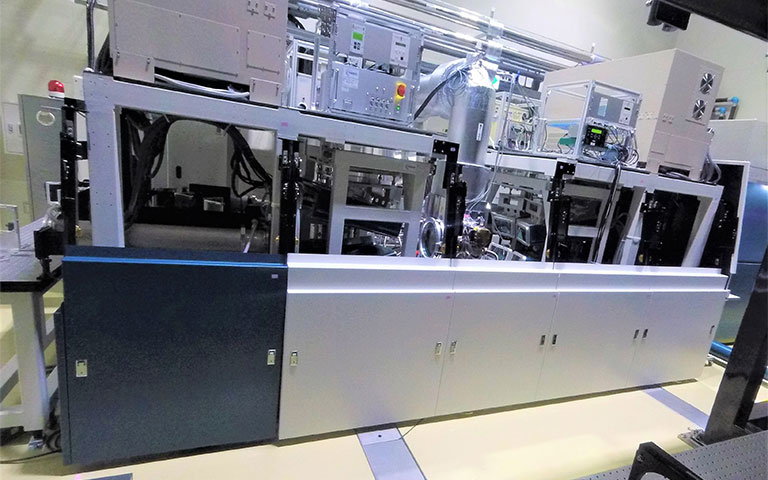Full company details
Hamamatsu Corporation
Sub. of Hamamatsu Photonics K.K.
 360 Foothill Rd.
360 Foothill Rd.
Bridgewater, NJ 08807
United States
Phone: +1 908-231-0960
Fax: +1 908-231-1539
Hamamatsu Edges Closer to Compact Laser Fusion Source
Photonics Spectra
Apr 2023Building on an existing multiyear R&D pursuit to establish technology that produces laser pulses at 250 J with a repetition rate of 10 Hz, Hamamatsu Photonics has developed a laser system that produced pulses with an energy of 100 J at a repetition rate of 10 Hz.
In a report detailing the advancement, Hamamatsu said that practical laser fusion requires pulsed lasers with energy as high as 1 MJ to irradiate the fusion fuel at a high repetition rate of 10 Hz. In 2021, Hamamatsu developed an industrial pulsed laser system that produced a
pulse energy of 250 J at a repetition rate of 0.2 Hz and an average output power of 50 W, which it said was the highest energy to date among laser diode- (LD)-pumped lasers. Since that result, the company said it has worked to increase repetition rate. However, increasing the repetition rate also raises the temperature of the laser medium and degrades its optical characteristics.

External view of the laser system producing laser pulses of 100 J at 10 Hz. Hamamatsu’s result builds on a 2021 laser system that produced a pulse energy of 250 J at a repetition rate of 0.2 Hz. Courtesy of Hamamatsu Photonics.
The company’s development aim is a high-energy, high-repetition-rate pulsed laser system using laser amplifiers in which the laser medium is pumped by LD modules and efficiently cooled by helium gas. The current result stems from an improvement to the cooling mechanism for the laser medium, to increase the flow of helium gas and, in this way, enhance the cooling capacity. Hamamatsu also optimized the output of the pumping LD modules to prevent the temperature of the laser medium from rising.
The result is the current system, which had an output power of 1 kW.
Hamamatsu said that beyond confirmation of the possibility of increasing the average output power by scaling up the laser system, the results are also expected to contribute to new research in basic science.
The company will present the results of this study at a symposium and general lecture at the 43rd Annual Meeting of the Laser Society of Japan to be held Jan. 18, 19, and 20.